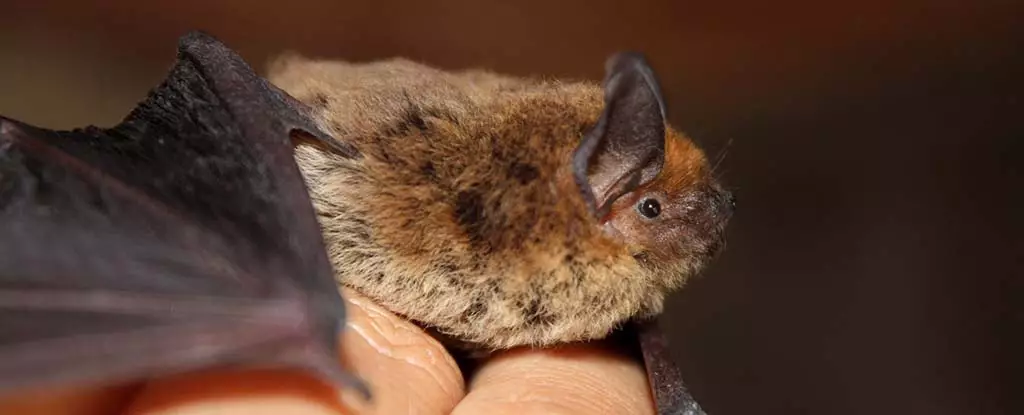The discovery of white-nose syndrome in bats in New York’s Howe Cave back in 2006 marked the beginning of a devastating trend that has decimated bat populations across the United States. A recent study has shed light on the profound impact of this fungal disease, revealing a shocking connection between the decline of bats and human infant mortality.
Despite the negative reputation that bats have garnered over the years, particularly in light of the COVID-19 pandemic, these winged mammals play a crucial role in our ecosystem. Bats act as natural pesticides, keeping insect populations in check and protecting crops from damage. However, with the spread of white-nose syndrome, which is caused by the fungus Pseudogymnoascus destructans, bat mortality rates have soared above 70 percent in the US, forcing farmers to resort to increased pesticide use.
The study conducted by ecological economist Eyal Frank examined the repercussions of the decline in bat populations on both the economy and public health. In counties where white-nose syndrome caused mass bat die-offs, pesticide use spiked by 31 percent, leading to a drop of nearly 29 percent in crop sales revenue. The combined cost to farmers in affected communities totaled a staggering US$26.9 billion between 2006 and 2017.
One of the most alarming findings of the study was the correlation between increased pesticide use in white-nose syndrome-affected counties and a rise in infant mortality rates. Approximately 1,334 additional infant deaths were linked to the higher pesticide usage, as farmers struggled to compensate for the loss of insect-eating bats. The results strongly suggest a causal relationship between bat decline and infant mortality, with no viable alternative explanations emerging.
Eyal Frank emphasizes the critical importance of conserving bat populations to avoid the detrimental effects on both the economy and public health. While the costs of preserving bat colonies may seem significant, they pale in comparison to the far-reaching consequences of their decline. As natural pest controllers, bats provide a valuable ecosystem service that should not be underestimated or taken for granted.

Leave a Reply